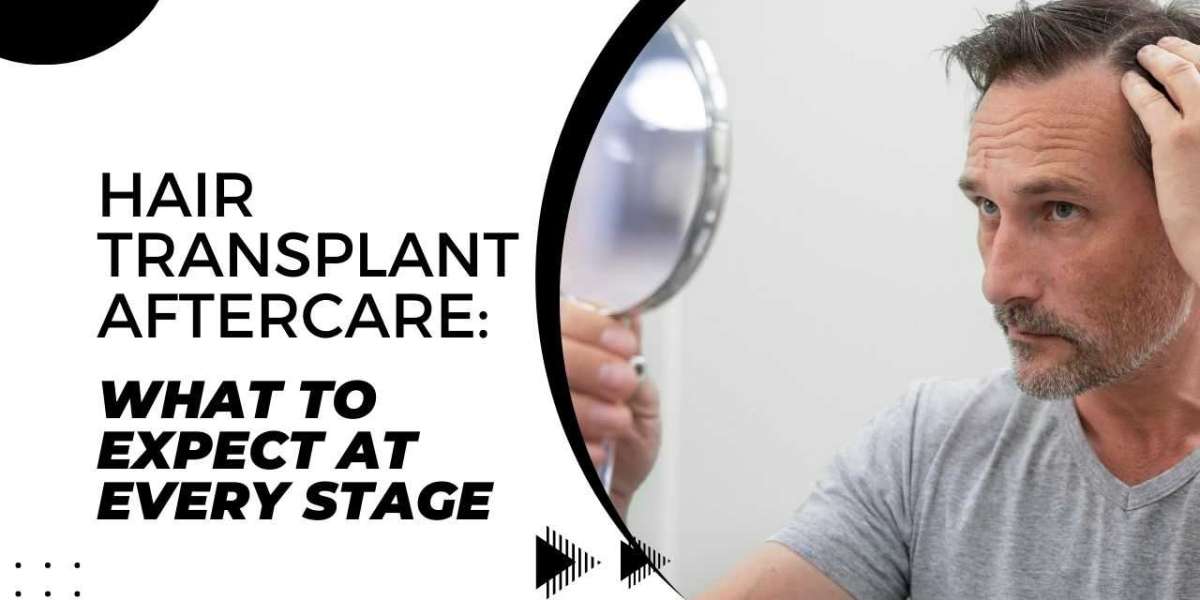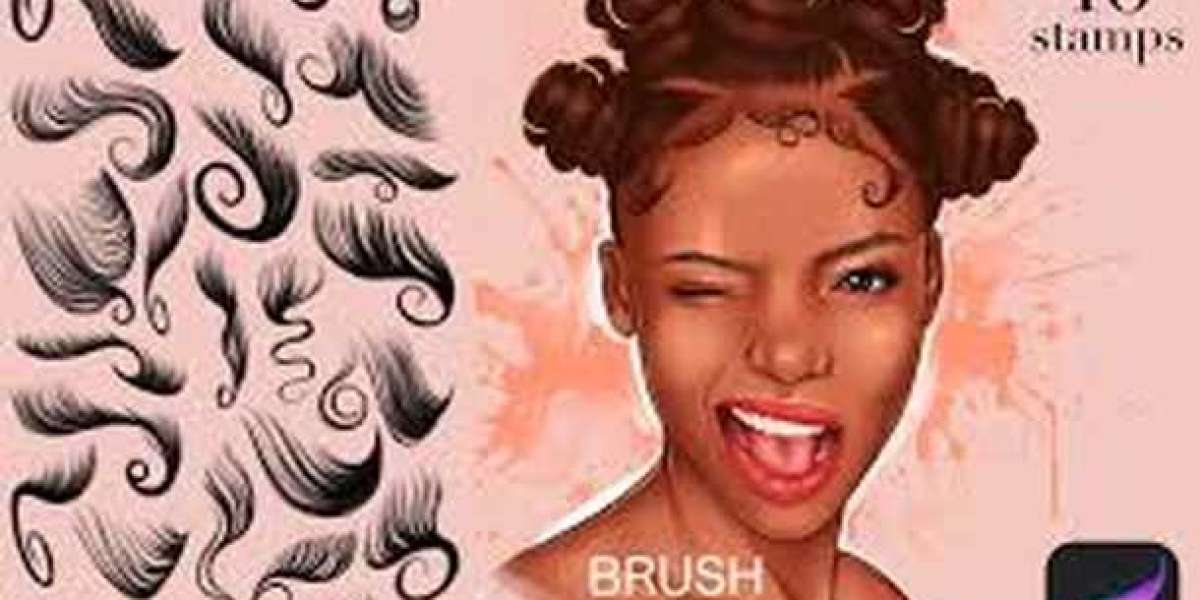Hair loss can be a challenging experience, but a hair transplant offers a permanent solution to restore your hair and confidence. The process involves transferring hair follicles from a donor area to areas of the scalp with thinning or no hair. Proper aftercare is essential to ensure the transplant's success and achieve the best results. Here's a detailed guide to what you can expect during the hair transplant recovery process and how to take care of your hair transplant aftercare every step of the way.
What is a Hair Transplant, and How Does It Work?
A hair transplant is a surgical procedure that moves healthy hair follicles from one part of your scalp (usually the back or sides, where hair is more abundant) to areas where hair is thinning or missing. There are two main techniques used:
FUT (Follicular Unit Transplantation):
In this method, a strip of skin with hair follicles is removed from the donor area. The hair follicles are then separated and transplanted into tiny incisions on the thinning or balding areas.
FUE (Follicular Unit Extraction):
In FUE, individual hair follicles are harvested directly from the donor area using a small, specialized punch tool and are then implanted into the balding areas.
Both techniques are effective, but FUE tends to leave more minor scars and is less invasive.
Following a proper aftercare plan after your procedure is essential to helping the transplanted hair follicles grow and heal correctly.
The First 24 Hours: Immediate Post-Surgery Care
Once your hair transplant is complete, the first 24 hours are crucial for healing. You may experience discomfort, swelling, and redness during this period. Here's what to expect:
- Bandages and Dressing: Your surgeon may place bandages on your scalp to protect the grafts. It's essential to leave these in place as directed by your doctor.
- Managing Swelling: Swelling around the forehead and eyes is normal, and you may be advised to sleep with your head elevated to reduce swelling.
- Medications: You will likely be prescribed antibiotics to prevent infection and pain relievers to help with discomfort. Follow your doctor's instructions carefully.
- Dos and Don'ts: For the first 24 hours, avoid touching or scratching the transplanted area. Please don't wash your hair or expose it to heat or sunlight.
Days 2-7: Healing and Graft Settling
During the first week, your scalp will begin to heal, and the grafts will settle into new positions. You may experience some scabbing around the transplanted follicles, which is entirely normal.
- Washing: After the first few days, gently wash your scalp with a mild, non-irritating shampoo. Be careful not to scrub or apply pressure to the transplant area.
- Crusting and Itching: As the skin heals, some crusting around the grafts may form. This can be itchy, but try to avoid scratching, as it could dislodge the grafts.
- Activity Restrictions: To prevent irritation and damage, avoid strenuous exercise, sweating, or exposing your scalp to direct sunlight during this time.
Weeks 2-4: The Shedding Phase
Between weeks two and four, you may experience the "shedding phase." This is when the transplanted hair falls out, which can be alarming, but it's a normal part of the process.
- Why It Happens: The hair follicles enter a resting phase after transplantation, and old hairs may shed as the new ones prepare to grow. This doesn't mean your transplant failed.
- Continued Care: Keep washing your scalp gently and follow your doctor's recommendations. You can also begin using a light moisturizer or scalp treatment to keep your scalp hydrated.
- Avoiding Stress: Avoid physical or emotional stress, which can impact healing and hair growth.
Months 1-3: New Hair Growth Begins
By the end of the first month, you may start seeing tiny new hairs sprouting in the transplant areas. At this stage, the hair growth will be fine and soft and may seem uneven.
- Hair Growth Patterns: New hair may grow in different directions or at varying lengths, so patience is essential. This is all part of the process, and the hair will continue to thicken.
- Maintaining Scalp Health: Focus on scalp health using gentle shampoos and products your surgeon recommends. Eating a balanced diet rich in vitamins and minerals can also help promote hair growth.
- Be Patient: The hair growth will not be evident yet, but you should start to see signs of improvement in your transplanted areas.
Months 4-6: Noticeable Improvement
By months four to six, you will notice significant improvements in hair density and thickness. The hair will become more visible, thicker, and more natural-looking.
- Hair Styling: As your new hair grows, you can start styling it. However, be gentle with your hair to avoid damaging the delicate transplanted follicles.
- Consulting Your Surgeon: If you have concerns or notice uneven growth, schedule a check-up with your surgeon. They can offer advice or recommend additional treatments to enhance results.
Months 7-12: Full Results Revealed
Your transplanted hair should look fuller and more natural at the six-month mark. Growth may continue over the next few months as the hair follicles mature.
- Final Results: By the end of the first year, you'll likely see the final results of your hair transplant. Your hair should be thick, healthy, and closely resemble natural growth.
- Ongoing Care: Continue to care for your hair and scalp. To protect your hair, avoid harsh chemicals, excessive heat styling, and prolonged sun exposure.
Long-Term Aftercare Tips
Maintaining healthy hair after a transplant is essential for preserving long-term results. Here are some tips to keep your hair looking its best:
- Hair Care Products: Use shampoos and conditioners suitable for your hair type. Avoid products that contain harsh chemicals or sulfates.
- Avoid Stress: Both physical and emotional stress can affect hair growth. Try to manage stress through relaxation techniques or exercise.
- Nutritional Support: A balanced diet with vitamins and minerals, especially those that support hair health (like biotin, zinc, and iron), can improve long-term results.
Conclusion
The journey to fuller, thicker hair takes time, but by following a proper aftercare timeline, you can ensure the success of your hair transplant. At Beverly Hills Restoration, we are committed to helping you through every step of the process—from your initial consultation to post-surgery care. Schedule a free consultation today if you're ready to restore your hair and boost your confidence. We're here to support you on your hair restoration journey!








